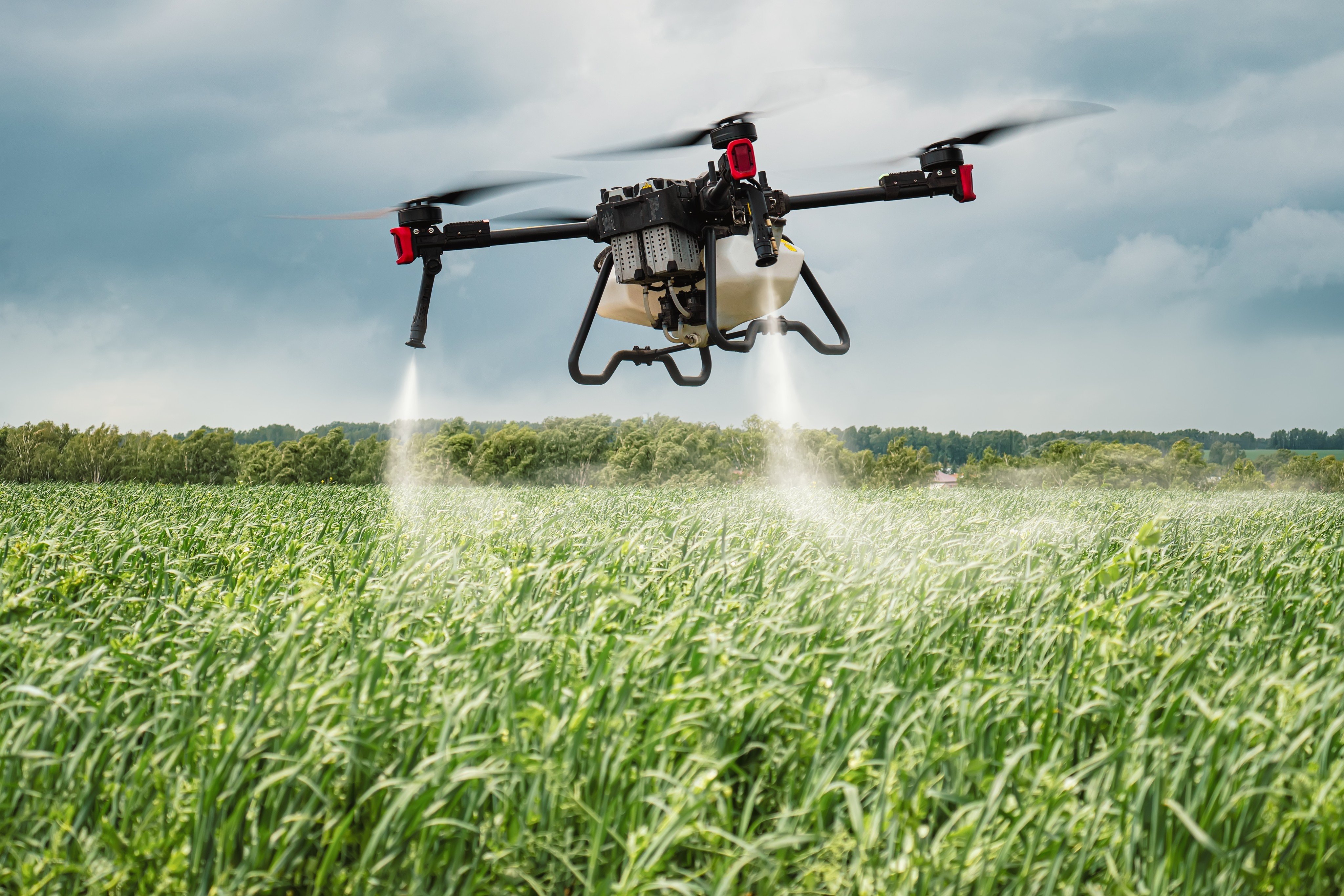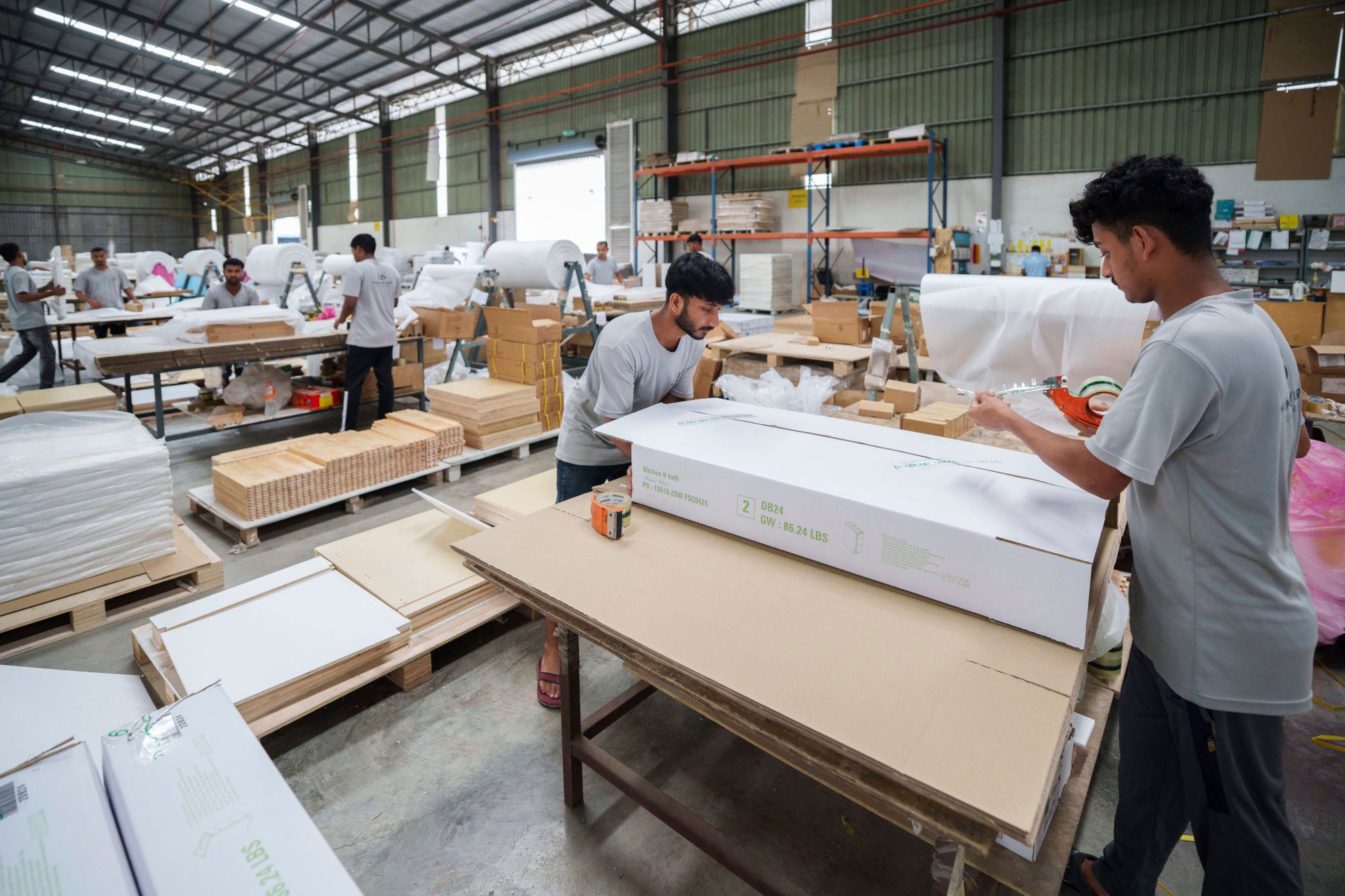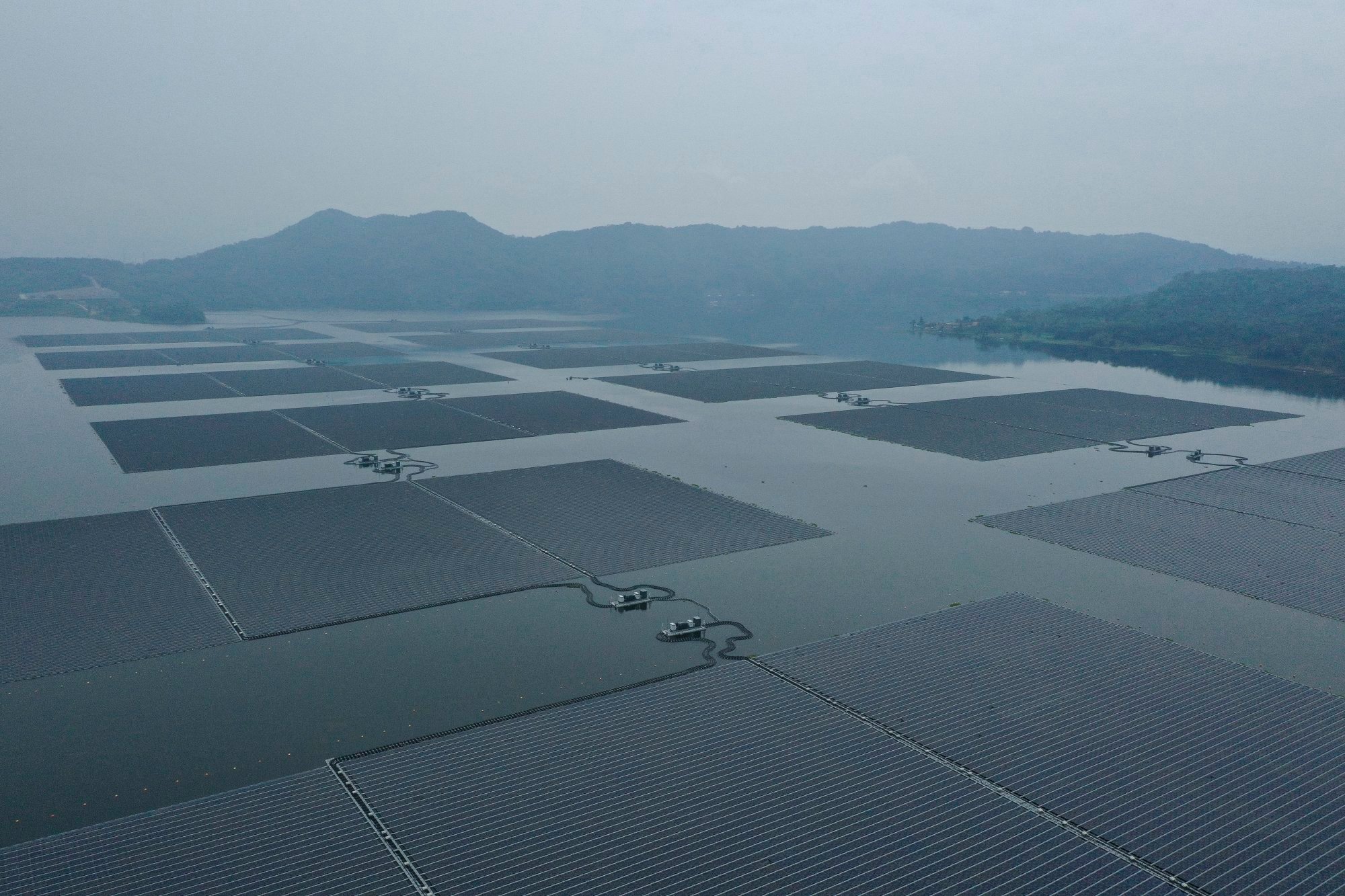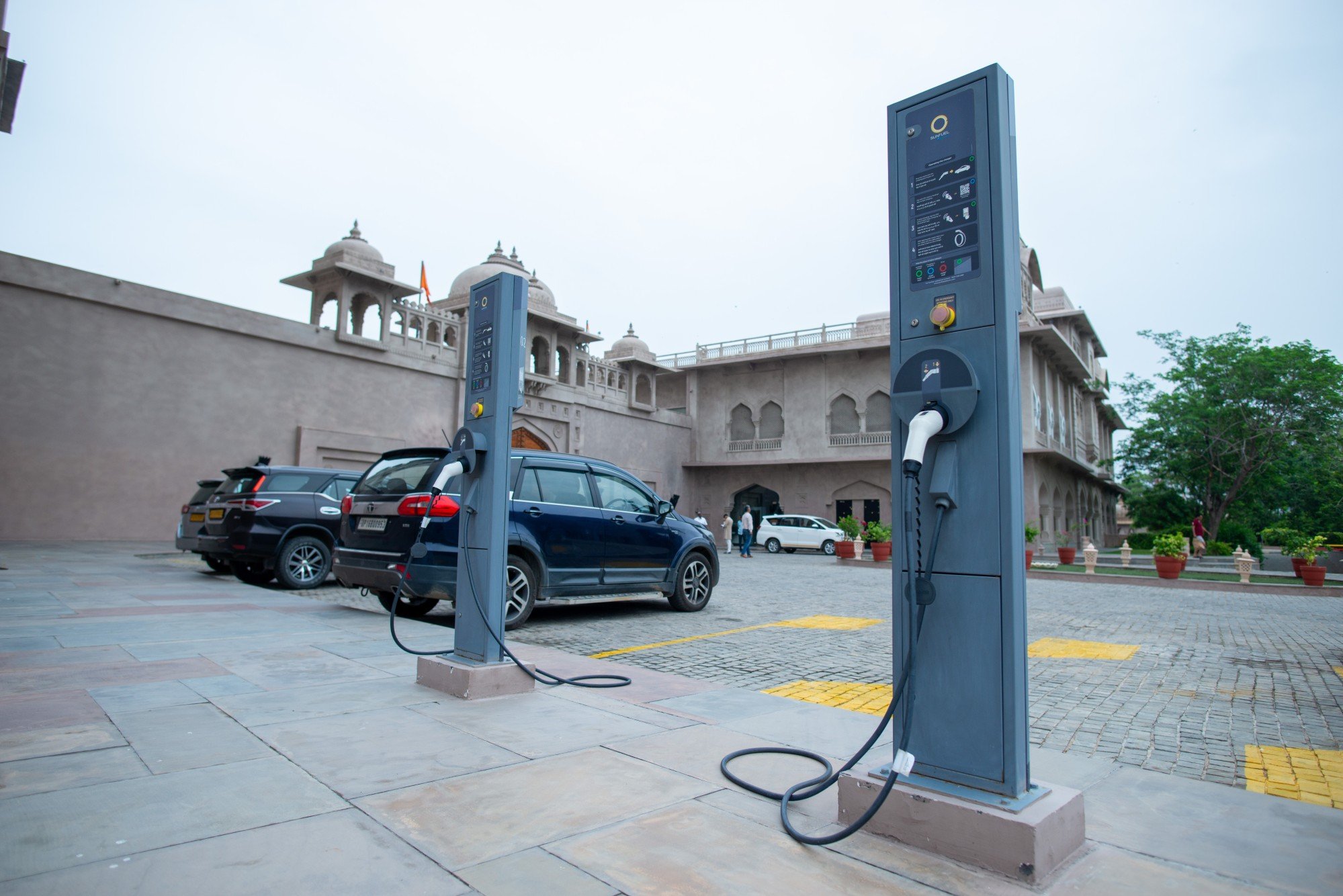Facing US tariffs, Asia can transform to lead the world in innovation
Asia should move beyond its low-cost assembly model and scale up the value chain, such as in green technology

Global trade tensions sparked by US President Donald Trump’s threat of steep tariffs have prompted a scramble among Asian countries to strike trade deals with Washington, as the vulnerability of their supply chains revolving around low-value assembly comes into focus.
Caught between China and the US, the survival of many small and medium-sized producers in Asia hangs in the balance if the tariffs are to take effect once Trump’s 90-day reprieve expires in early July, given that the US remains a critical export market for them.
Yet as the saying goes, every adversity carries the seed of opportunity, and for Asian economies willing to chart an innovative course, such as in clean technology, it could be a pivotal moment.
Trump’s tariffs have been imposed with two primary goals: resetting the US trade balance and bringing back manufacturing to its shores. If Asian economies leverage their strengths, they could be at the forefront of a new economic paradigm.

The Asia-Pacific region remains a manufacturing powerhouse, accounting for more than 75 per cent of the world’s labour force, with manpower costs nearly 80 per cent lower per hour than in the West, according to a BCG report.
The region also dominates in critical resources, supplying 68 per cent of the world’s nickel, 60 per cent of lithium and 84 per cent of rare earth oxides – critical inputs for the production of batteries and electric vehicles, which are central to the green transition.
Once concentrated in Japan and South Korea, cutting-edge innovation has also emerged in China, India and Southeast Asia, according to the report.
With a more diversified base of innovators across multiple sectors, Asia’s potential to scale up the technological ladder, coupled with its cost efficiency, can make it a global force to be reckoned with.
As such, Asian governments need to support start-ups and small and medium-sized companies to drive innovation and reverse a decline in global funding for enterprises, which hit a peak during the Covid-19 pandemic.

The fundamentals are already there for the region to be a pioneer in sustainable innovations.
But some countries are eyeing energy deals with Washington to avoid tariffs and risk deepening their dependence on fossil fuels. They could also incur more environmental costs, even as clean technologies offer them an opportunity to reconfigure their economies.
Atalay Atasu, professor of technology and operations management at INSEAD, as well as academic director of INSEAD’s sustainable business initiative, said clean technology industries in Asia could potentially lead the world with cutting-edge innovations.
On the other hand, regional countries should not exploit their natural resources at the expense of their environment, Atasu said.
“Many mining activities around critical minerals have significant negative environmental externalities,” he said. Regional economies should “move beyond mining, learn how to refine efficiently, and start building [sustainable] products as opposed to being a critical minerals provider”, he added.

A focus on clean technology will also help Asian countries diversify their markets, with the European Union set to impose levies on carbon-intensive goods from next year. A shift towards sustainability will also have knock-on benefits across various industries.
Regional countries would need to invest in higher education, subsidise research and build a next generation of engineers or innovators, Atasu said.
There are signs that Asian countries like India are on a pathway towards grooming new global innovators and entrepreneurs.
One academic from Delhi University recently said some of her students were embarking on entrepreneurship while pursuing their higher education, something that was unheard of during her college days, when her peers were prioritising securing employment. One of her students was leading a business venture with a staff strength of 50 people, she said.
The spectre of tariffs has pushed Asian countries towards re-examining their low-cost assembly business model. It is an opportune time for them to move up the value chain, create innovative products and strengthen their economies.